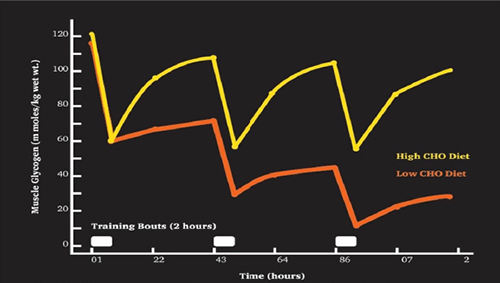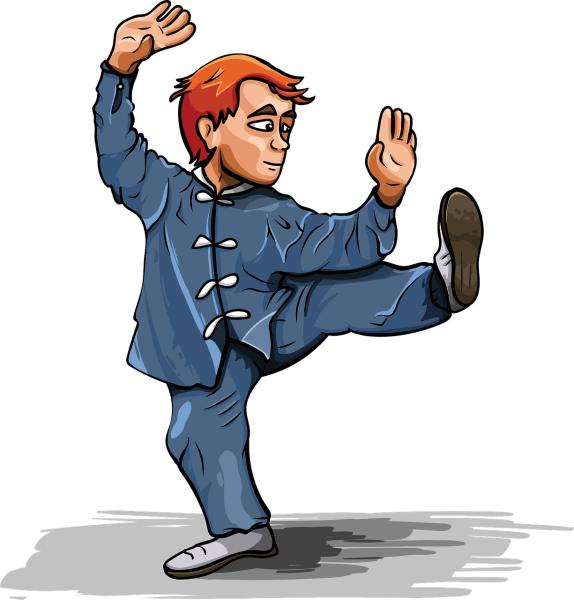Going Pegan
Aikman states that in addition to his well-disciplined physical training session throughout the week, he likes to follow the dietary advice of Dr. Hyman and the Pegan diet [1]. The Pegan diet requires
- grass-fed meats
- organic low-glycemic fruits and vegetables
- Foods to avoid include bread and most grains like barley, oats, and wheat (except black rice or quinoa), dairy products including milk and cheese, ice cream and yogurt, and any processed foods or those with a high glycemic load.
This, of course, excludes my summertime favorites of grapes and watermelon. Most anyone reading ACSH commentaries over the years can readily pick up on the fact that food restrictions, in general, are junk science, so I will not elaborate on that.
The average reader may not notice Aikman embracing the avoidance of any high glycemic index foods specifically because he remains very active in his physical conditioning program. One of his goals is to fully recover after each training session so he can be prepared to intensely train the following day and build or maintain as much muscle mass as possible for his age. Here’s what Dr. Hyman and Aikman appear not to understand.
 Aikman's muscle glycogen stores are likely reduced by about half after a 2-hour training session, as indicated by the graph below. If his carbohydrate intake is insufficient over the next 24 hours, the glycogen removed for the prior day's training session will only be partially replaced, as indicated by the low carbohydrate orange line below. If this takes place over several days, Aikman’s strength and endurance will be compromised by the end of a training week due to the lack of fuel (glycogen) availability in the muscle tissue.
Aikman's muscle glycogen stores are likely reduced by about half after a 2-hour training session, as indicated by the graph below. If his carbohydrate intake is insufficient over the next 24 hours, the glycogen removed for the prior day's training session will only be partially replaced, as indicated by the low carbohydrate orange line below. If this takes place over several days, Aikman’s strength and endurance will be compromised by the end of a training week due to the lack of fuel (glycogen) availability in the muscle tissue.
Insulin has become the hormone to demonize due to our escalating population with type 2 diabetes. However, insulin is your post-training friend for an athlete or anyone training intensely throughout the week. Insulin facilitates not only the uptake of glucose into the muscle tissue to resynthesis the glycogen, but it also facilitates amino acids (protein) uptake into the muscle tissue, contributing to the overall anabolic effect. So, limiting high glycemic index foods post intense physical training is the exact opposite of what Aikman should be doing. Instead of avoiding those foods, such as grapes, watermelon, raisins, bananas, etc., he should be embracing them. They would enhance his recovery and strength gains, not hinder them.
During my coach’s clinic lectures over the past 30-years, one of the main post-training drinks we try to get coaches to implement is milk, unless the athlete is lactose intolerant, for which there are alternatives. Milk contains the necessary electrolytes, carbohydrates, protein, and water composition to make it one of the best hydration tools an athlete could ingest.
The Farmed Life of the Rich and Famous
Then we have Martha Stewart, whose advice will certainly be applicable to the average limited income urbanite. She swears by her access to daily fresh air her country farm living provides, green juice made from her home-grown veggies, and raiding her very own chicken coop for her eggs. Unfortunately, I live in the southern end of the San Juaquin Valley, here in central California, where the term fresh air is an oxymoron, farm living is doable due to the extensive agriculture, but not affordable, and the eggs will have to come from the market – chickens are not compatible with a 10,000 square foot house lot, and the neighbors would certainly have issues with a chicken coop.
There is no end to the media’s obsession with the “eat this, not that” advice coming from numerous sources. It could be Dr. Oz or Tom Brady's T12 diet. It could be the National Geographics Blue Zone Diet, Harvard School of Public Health list of foods to avoid, Consumer Reports book “Should I Eat This,” or the Environmental Working Groups misguided annual Dirty Dozen list the national media often embraces. They all portray themselves with special insight or wisdom about what you should be eating or not eating.
However, I have yet to see the promotion of the lifestyle advice attributed to Curly of the Three Stooges, which of course, would end up in the unrecommended file as well.
- Chocolate comes from a plant, so you can consider it a salad.
- If your doctor tells you to exercise, say you misunderstood and thought you heard to eat “extra fries.”
- My doctor told me I would regret those mornings after stuffing myself the night before. So now I try to sleep past noon.
- Name your dog “5 miles” so you can say you walk 5 miles every day.
- If it is not good to have midnight snacks, there wouldn’t be lights in refrigerators.
[1] In the 90s, Aikman was a pitchman for MetRx, a sports supplement company. MetRx was one of the companies I covered in my first book in 2006, Muscles Speed and Lies – What the Sport Supplement Industry Does Not Want Athletes or Consumers to Know, which is now out of print. Apparently, Dr. Hyman's advice has now superseded the advice of MetRx.




